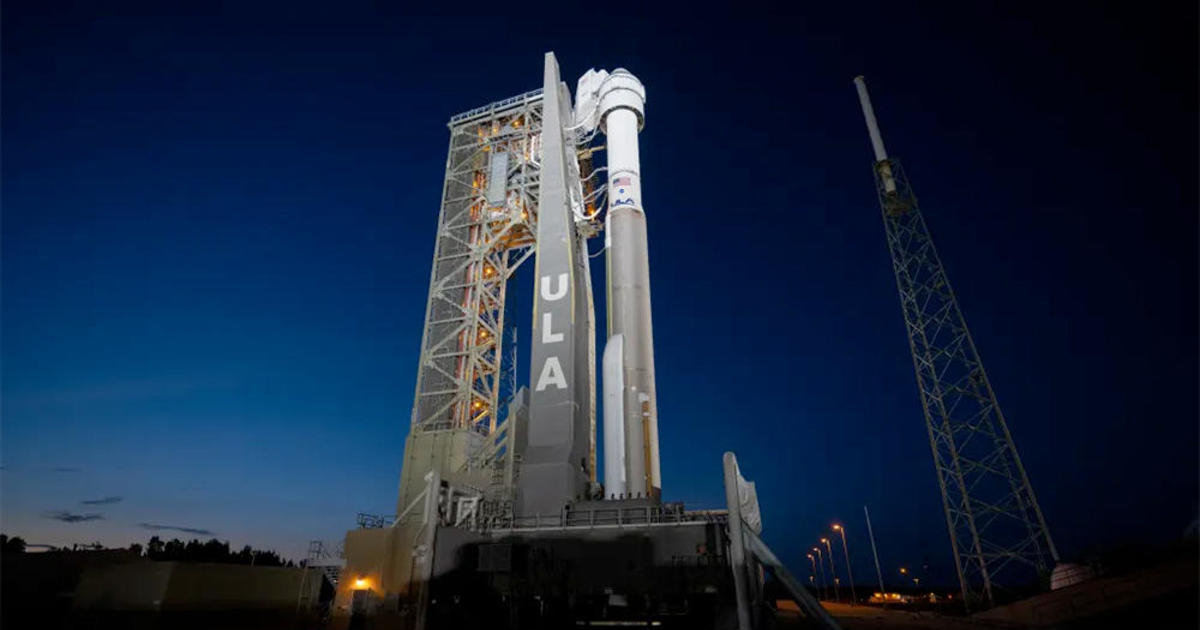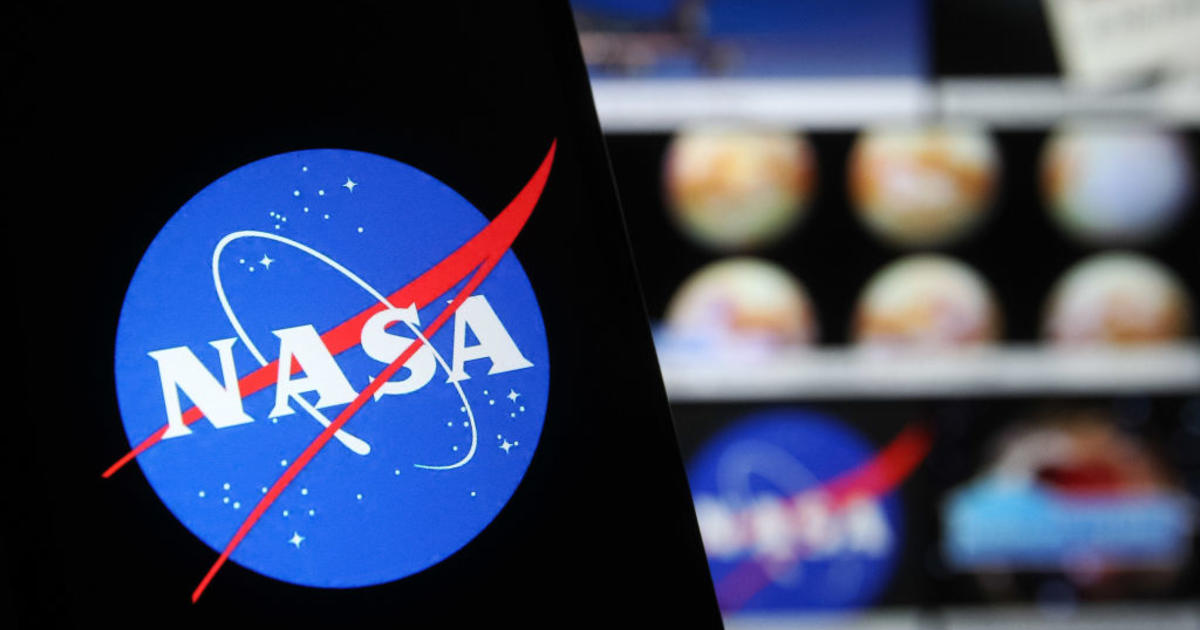Ingenuity Mars helicopter fails to take off on fourth test flight, but another try planned Friday
The same sort of software glitch that delayed the Ingenuity Mars helicopter's first flight earlier this month cropped up again Thursday, preventing the small drone from taking off on its fourth test flight. The $80 million helicopter is healthy, officials said, and another attempt to get the flight off is planned for Friday.
"#MarsHelicopter is safe and healthy," NASA's Jet Propulsion Laboratory tweeted late Thursday. "Data indicate the rotorcraft didn't transition to flight mode, which had been a possible outcome. We'll attempt the 4th flight again on April 30."
With three successful test flights under its belt, the 4-pound dual-rotor drone, designed to determine the feasibility of powered flight in the ultra-thin atmosphere of Mars, had been scheduled for its most ambitious flight yet, targeting liftoff from "Wright Brothers Field" in Jezero Crater at 10:12 a.m. EDT Thursday.
The flight plan called for a climb to an altitude of 16 feet and a 436-foot out-and-back traverse, the farthest to date. Throughout the planned flight, an on-board camera was expected to collect images of the surface every four feet to help the flight computer determine its exact location.
But the helicopter's flight computer was unable to transition to flight mode, preventing the planned takeoff. A similar problem cropped up April 9 during a rotor spin test prior to the drone's first flight.
Engineers debated at the time whether to erase Ingenuity's flight software and load a modified version from scratch or to simply uplink additional commands that would improve the odds of a successful transition to flight mode.
They decided the latter option posed less risk, but said at the time it was possible the glitch could happen again. Ingenuity then carried out three successful test flights in a row going into Thursday's planned flight.
NASA science chief Thomas Zurbuchen tweeted that Ingenuity already has "met the goals associated with this technology demo. They have proven it is possible to fly on Mars! The team is looking at the data to assess the latest flight attempt, and I am so proud of what they've already achieved."
Ingenuity captured the world's imagination with its first flight on April 19, about a month after arriving on Mars with the Perseverance rover. The drone climbed up to an altitude of about 10 feet, hovered briefly and then landed.
It flew a second time on April 22, climbing to 16 feet and flying about seven feet to one side and then back again. For its third flight on April 25, Ingenuity climbed back up to 16 feet and flew 164 feet down range before returning to its starting point.
"When Ingenuity's landing legs touched down after that third flight, we knew we had accumulated more than enough data to help engineers design future generations of Mars helicopters," Bob Balaram, Ingenuity chief engineer at JPL, said in an on-line status report. "Now we plan to extend our range, speed and duration to gain further performance insight."
But it was not to be, at least not on Thursday.




